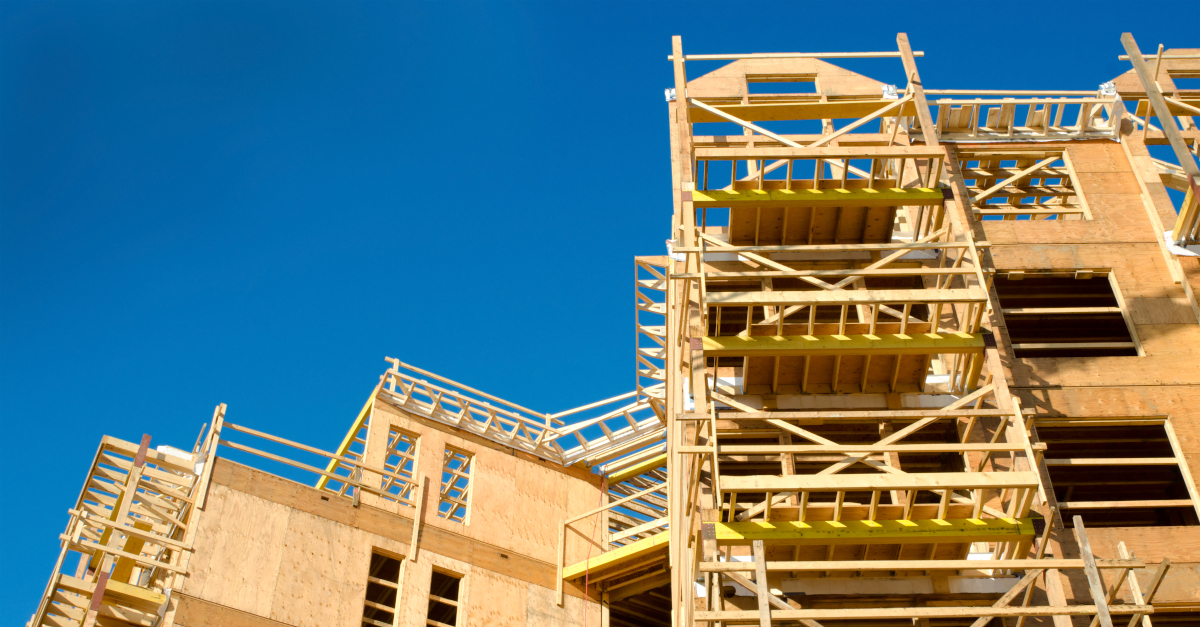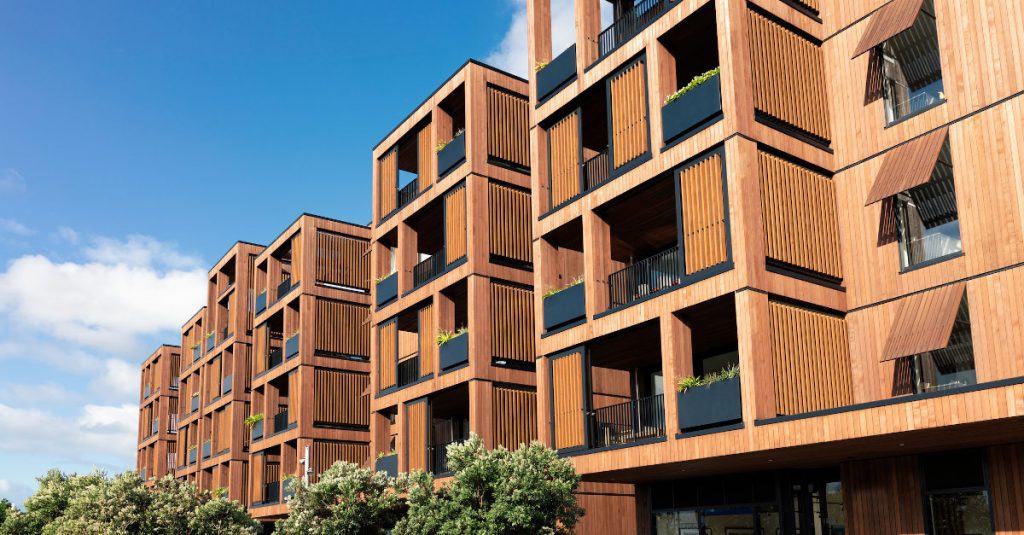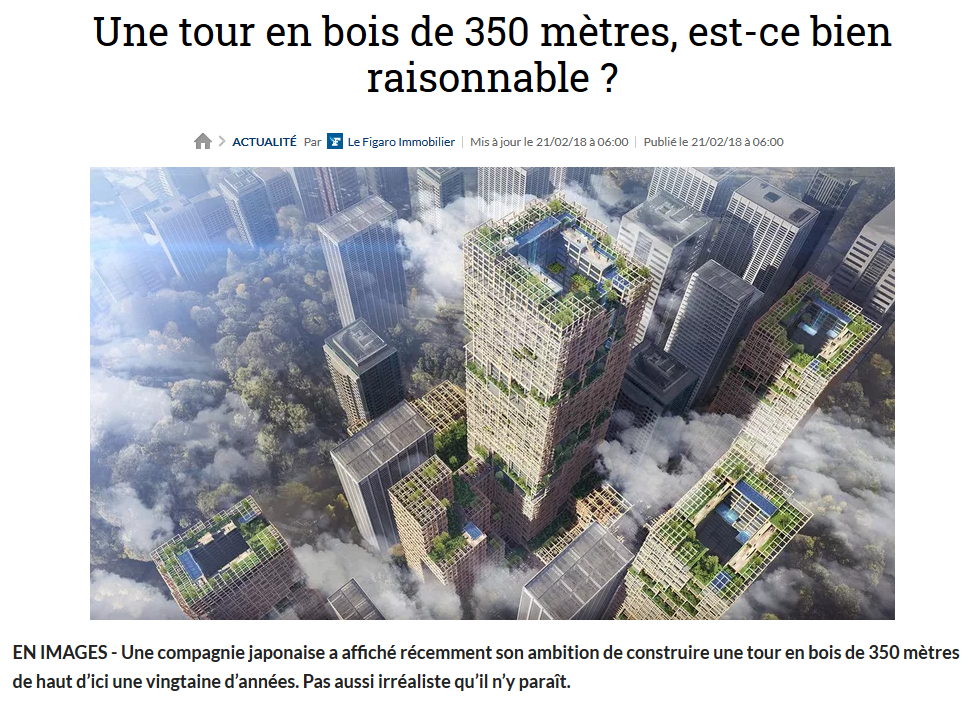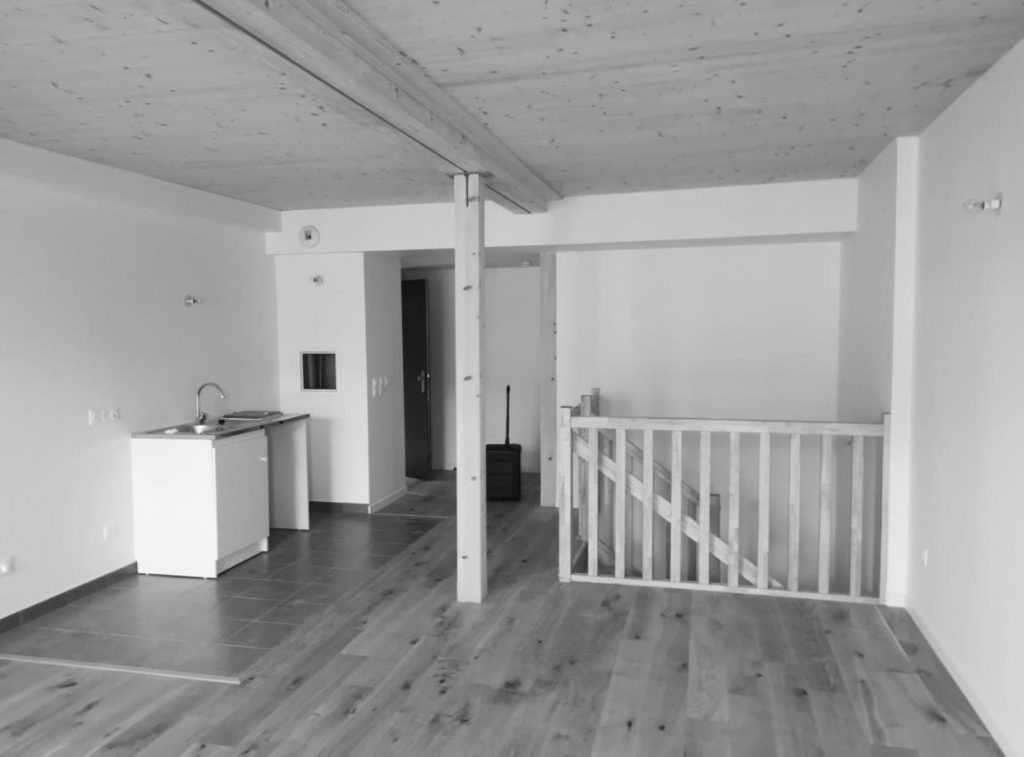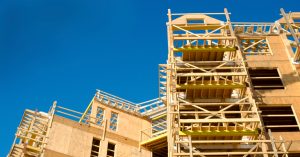
When acoustics lend an ear to biodiversity.
In the shadow of climate change, there's a subject that gets far less media coverage than global warming, but which could make a big splash. It's the state of sound on our planet, and in particular in the living world. There's no such thing as silence on Earth; noise is constantly being heard. Sometimes a source of annoyance, noise is above all a vector of information as surprising as it is varied.
